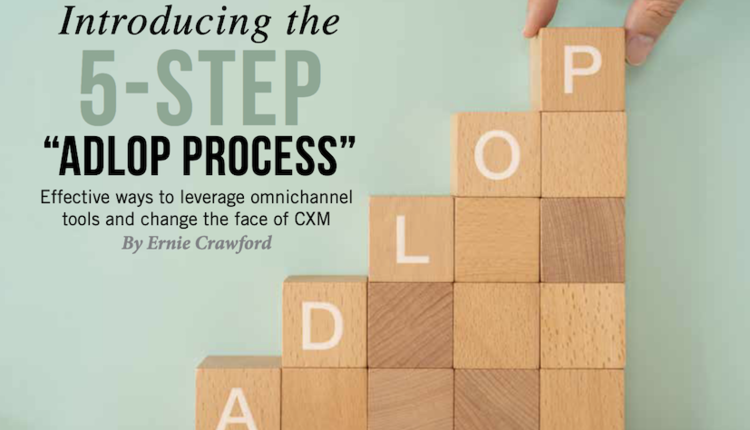In an effort to develop stronger connections with customers, organizations utilize new communications channels including email, text messaging and web-based applications, such as personalized URLs (PURLs) and interactive data collection. Many organizations face increased competition for customers because Internet technologies allow for online rate comparisons and similar industry-specific services. Organizations achieve higher customer adoption rates through improved customer service, which includes faster and more personalized customer communications. Madison Advisors 2010 Multi-Channel Solutions Market Study examined the software systems available to organizations that would like to support multi-channel communications.
Through its research, Madison Advisors found that many consumers prefer to receive electronic communications instead of printed materials. End consumers cited the timeliness of the communications as a key factor. For example, minimum account balance notification delivered via text messages enables a bank's end consumer to shift funds between accounts before an overdraft occurs. Madison Advisors also found a steady increase in the adoption of electronic bill presentment and payment, as end consumers become more comfortable with online safety measures and improved viewing options for financial documents. End consumers also noted support for green initiatives as a reason to suppress printed monthly statements, which do not require a response from the recipient.
Organizations also see benefits from multi-channel communications. Cost savings come primarily in the form of reduced postage costs when organizations do not need to mail every end consumer statement or notice. Electronic communications allow organizations to generate highly personalized messages that quickly notify end consumers of product specials at nearby locations. Embedded PURLs direct recipients to personalized web pages with additional product information, coupons, offer codes and store locations.
The transition from print to electronic communications can be challenging and is never complete. Many customers prefer printed communications and some regulated industries must deliver printed statements or notices. In addition, the US Post Office provides software tools and services that enable organizations to track delivery of mailpieces with detailed reporting to ensure delivery. Organizations have fewer tools for ensuring delivery of electronic communications. For example, there is no change of email address service similar the National Change of Address (NCOA) database offered by the USPS.
Madison Advisors research found that many of the leading document composition vendors offer strong support for the creation of multi-channel communications. High-volume batch composition engines produce web-friendly output, including PDF and HTML, alongside traditional datacenter print streams, such as AFP. Marketing-focused composition systems create integrated print and electronic documents that leverage variable data elements and PURLs to link the channels and re-enforce marketing messages. However, most composition solutions do not manage or track document delivery and do not offer centralized reporting for printed and electronic communications.
When planning an expansion to multi-channel communications, organizations need to consider a document composition solution as one part of an overall document strategy. Additional software, such as email management systems, will be required to manage and report on delivery of the communications to the end consumer. Integration with marketing and campaign management systems will be required to track responses and tailor any follow-up communications based on end consumer behavior.
RICHARD HUFF [richhuff@madison-advisors.com] is a principal analyst with Madison Advisors, an advisory firm that specializes in print and electronic communications. He provides project-based advisory services designed to assist clients with business strategy and technology selection decisions.











